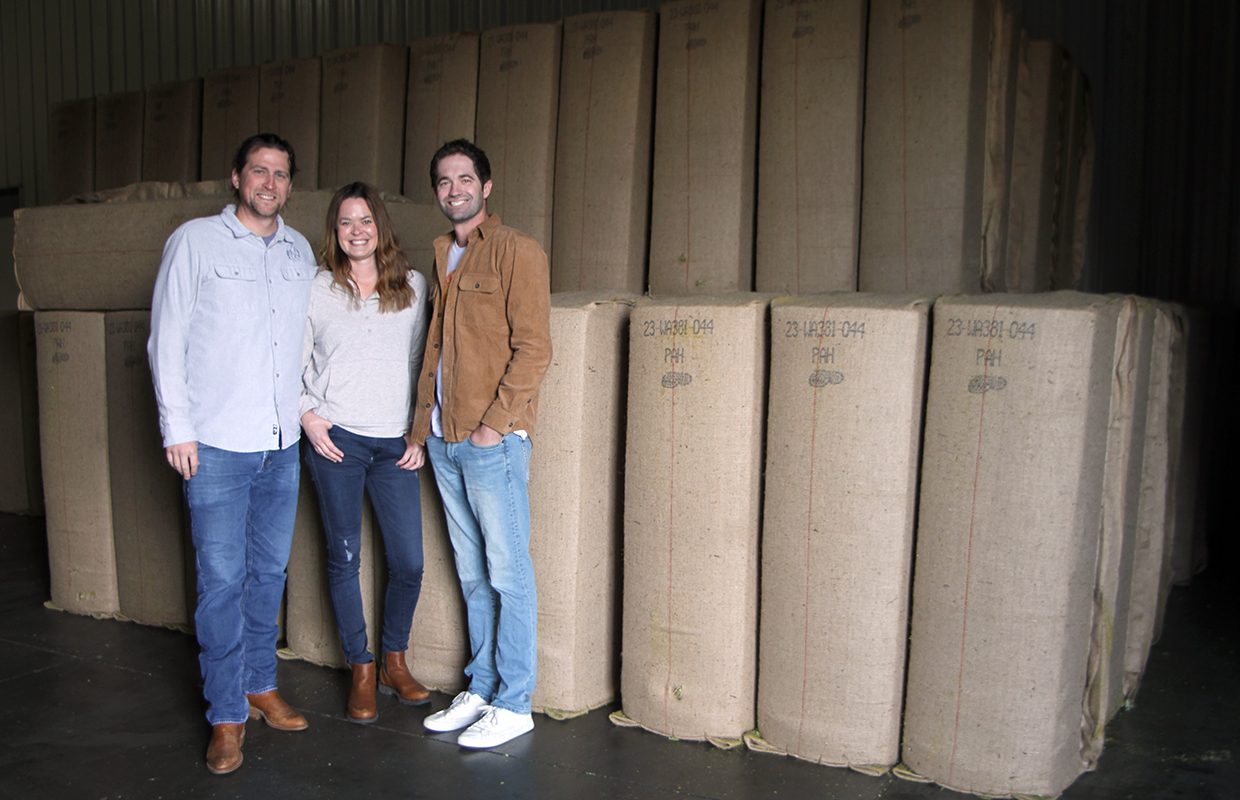
Yakima is a very well-known area for the American craft beer industry. Each year, hundreds of brewery owners and brewers make the trek from all over to inspect the recently harvested hop crop. After a day in the fields and on-site selecting hops, most likely they settle in to grab a local beer as well.
Before 10 years ago, there wasn’t much to find in the area outside of a few beer bars. But in 2013 that changed as a hop-growing family became a craft beer-making family. Bale Breaker is now one of the largest and most influential breweries in the area.
Led by siblings Kevin and Patrick Smith along with sister Meghann Quinn and her husband Kevin Quinn, the team helps run the brewery along with maintaining the 80-plus-year, fourth-generation operated Loftus Ranches.
It was Patrick’s Capstone project while at Purdue University that led to what Bale Breaker has become. Kevin, who before launching Bale Breaker was brewing at Two Beers in Seattle, enlisted his sister Meghann and her husband Kevin Quinn to move into the new family business. Each brought a different managerial aspect which helped form the trios’ leadership team: “Smitty” leads production; “Quinn” runs operations and sales; while “Megs” heads up marketing and finance.
The family quickly points back to the breweries that were thriving before them and would make that journey to the Yakima Valley as the reason why they have ever become successful.
“We didn’t want to be a brewpub … we didn’t want to run a restaurant,” Smitty said. “We wanted to package beer. Talking with all the brewers that we knew at the time — they were getting hops off the farm from us — they would tell us we can’t start smaller than a 30 barrel if you’re gonna package.”
When they were thinking about starting, breweries like Sierra Nevada, Russian River, New Belgium, O’Dell, Founders and Bell’s were selecting a portion of their hops off the Loftus Ranch farm.
“They helped us get educated in the brewing industry,” Kevin Quinn said. “Now every year, you get all the best brewers in the world coming through in September and you just get to bounce ideas off them. How are you doing this process? We tried this hop product … we’re trialing using nitrogen all pre-carbonation so that we can reduce our co2 usage. We’re talking about all the different things we’re doing.
“We don’t go to all the things like CBC and GABF because every September we see everyone.”
It was incredibly helpful in shortening the Bale Breaker teams’ learning curve with ideas in yeast harvesting and storage, dry hopping, fermentation temps and more.
“Everyone is super open with us, so now we do the same thing,” said Kevin Quinn. “We pay it forward.”
Along with being a fairly open book of resources, Bale Breaker makes sure to help out other area breweries that are helping build the Yakima Valley into a craft beer destination. That includes letting their robust lab be used by others, providing yeast or canning.
“We just say drop off the keg, we’ll fill it for free,” he said. “It’s gonna go down the drain otherwise. At any given time, you walk into our cooler, there are usually multiple breweries with yeast brinks in there that we’re filling with yeast. If people can use it we’ll just give it to them.”
Bale Breaker wants Yakima to become a craft beer destination, not just for brewers during hop harvest. That means making sure other breweries in the area are also making great beer. Just like when they started, quality was important from the get-go.
“It was very scary because all the world’s best brewers would have a good chance of having a beer in your taproom,” Kevin Quinn said about planning to open. “We knew we had to hit the ground running. And we knew the beer had to be really good.”
Being able to pick the minds of some of the best in the industry was pretty beneficial, said Smitty.
“Even with that, you know, we still had to pull it off and not make bad beer,” he said. In fact, up until 2019, Bale Breaker had more members on their quality team than their sales team.
“There are probably a lot of brewers that have struggled with putting that much financial capital into quality, like lab equipment and things like that,” he said. “Because that doesn’t necessarily make you money. It might save you money, but it’s not going to make you money. It’s easy to just say let’s buy one more fermenter then we can sell more beer. Then we’ll buy that piece of equipment, and you can just keep spiraling down that hole.
“Since we’re always wanting to make sure that we weren’t letting down our friends in the industry — the people that helped us — it was easier for us to keep funneling money into the lab. Once we know that we’re making quality, consistent beer, then we can start buying more fermenters. So we did a lot of that.”
There are two types of breweries, Smith points out: a brewery that has a microbiological infection, and a brewery that has a microbiological infection … and knows it.
“You want to be the one that knows,” he said.
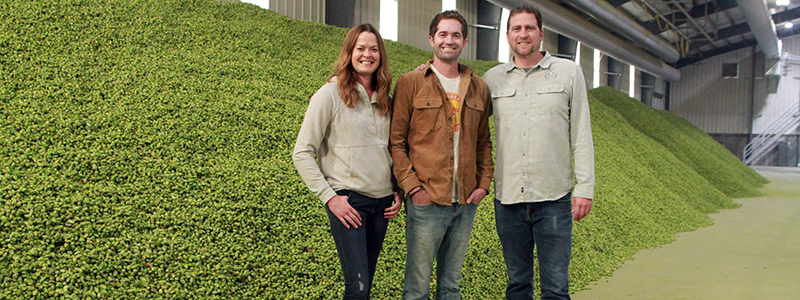
Once you are making clean and consistent beer, then you can let the consumer decide, Kevin Quinn said.
“In all the sales I’ve done, I’ve never had the question of: How many times do you plate your beer before it goes out? Do you have a PCR machine? Did you run this through the alkalizer? Did you run VDKs on your spectrophotometers before you crashed out the yeast,” he said.
“No one ever asks it, but they know what it’s supposed to taste like.”
Between starting the lab from the start along with brewing on a larger distribution level, it all seemed to be a sizable investment, but it made sense to start at that size, Meghann said.
“You can look at a 15, 20, and 30, and all of them have the expensive part within all of them, there’s just a little bit more stainless to make it a little bit bigger,” she said. “I remember a lot of our mentors in the industry were saying go as big as you can.”
So with a 30-barrel system and three tanks (a 30, a 60, and a 90), they went to work developing two brands that are still drivers 10 years later with around 85% of its product staying in Washington State: Topcutter, a West Coast IPA and Field 41, a dry-hopped Pale Ale.
When Bale Breaker was only cranking out those first two brands, Topcutter was 68% of total sales.
“We have 10 year-round beers now, and it’s still at 50%,” Kevin Quinn said. “The key for the next 10 years is going to be finding what’s our second Topcutter.”
In 2022 they decided to use their years of experience to launch two “little sister” brands to their stalwarts with the addition of Skyward IPA and Daybreak Pale Ale.
When Topcutter came out 10 years ago, Smitty said, it was a pretty modern take on the Pacific Northwest’s iconic style.
“It was way drier than a lot of beers up here with less malt character, more of how you’re seeing West Coast IPAs now,” he said. “We never just stuck to it. Over the last 10 years, every year to 18 months or so, we’re looking at how we can keep that beer relevant in the market for a consumer’s taste. It’s way different than it was 10 years ago. But you’ve never really noticed. It just kind of stays relevant as we learn new techniques and see how consumers’ tastes are changing.
“We will never make it a Black IPA, or massively change the hops. It’s going to be Citra and Simcoe leading it for the last 10 years, but it was always trying to be somewhat modern.
Bale Breaker kind of lucked out, Kevin Quinn said, as there were not a lot of local options in cans at the time either.
“Everyone’s got their go-to fridge beer,” he said. “We were the only ones east of the Cascades that were canning beer. So it really started with the support we’ve had in our home market. A year later, when we launched into Western Washington, we were lucky to get the same support over there.
“Until Georgetown started canning, Topcutter was always a Top 2 craft six-pack can in the state of Washington. Now they’re all Georgetown, and then we’re just below them. But that makes sense, they are by far our largest brewery in Washington. We kind of just hit it at the right time.”
The newer takes on the original brews have been really successful so far, Meghann said.
“We’ve gotten a lot of good support from them. “We’ve gotten a lot of good grocery store placement. Field 41 and Topcutter aren’t going anywhere, but we wanted to do something new and fresh, but in that same vein, and just take everything we’ve learned over the last 10 years.
“We’re pretty excited about those two brands, she said”
Not one to jump on trends, about the only style that they admit to being slow to jump on is hazy. They now have a larger SKU variety including a year-round hazy coupled with a Pilsner, Stout and the Yoxie Hard Seltzer line.
“We’re biased, but we think all of them are great but the consumer for Bale Breaker just gravitates to our hop-forward stuff.” Kevin Quinn said. “We got to the point where most of the beer was sold in Washington State, most of it was sold in six packs. We were reaching saturation in points of distribution. We were at a crossroads: is it more SKUs or more territory? We didn’t really want to go the ‘more territory’ route. So we went to more SKUs. We developed a Pilsner because that’s not going to compete with our hop-forward part of the portfolio, and the seltzer because that’s a non-beer thing. We wanted to go find a new dry-hopped Pale Ale and a New West Coast IPA, just like we did in 2013. We released those this year and the sales are big. That’s just what people expect from us. And the Pilsner is our highest-growing by percentage as well.”
Between growing their own hops and working with Yakima Chief Hops to help cultivate new hop varieties with the breeding program that is quite literally in their own backyard, Bale Breaker is quick to be at the forefront of hop innovation. They were one of the first to utilize pelletized cryo hops, for example.
“We like to be one of the first breweries that are messing around with those hops,” Kevin Quinn said. “I mean, we have the easiest access to it. People kind of expect it from you, right? We’re a brewery on a hop farm, and we’ll get emails like, ‘Hey, you mess around with XYZ product yet?’”
Especially now with the addition of a five-barrel pilot system in 2016 during a 16,000-square-foot expansion, the brewery goes beyond production output now. Most recently, the brewery added a second taproom and third brewhouse in the Ballard district of Seattle by teaming with Yonder Cider for a facility and can make seven-barrel batches there as well.
“If we want to do a trial batch it used to have to be 30 barrels, that was our smallest tank,” Quinn said. “It makes it a little more difficult. Now we have the five-barrel system with seven 10-barrel fermenters and three, two-barrel fermenters. So it’s easier to try those, especially when they’re on the small-scale bench-top trial size, where you might only be getting 100 milliliters of something.
“We definitely try to stay on the front end of new hops and new hop products.”
Photos by Miles Smith


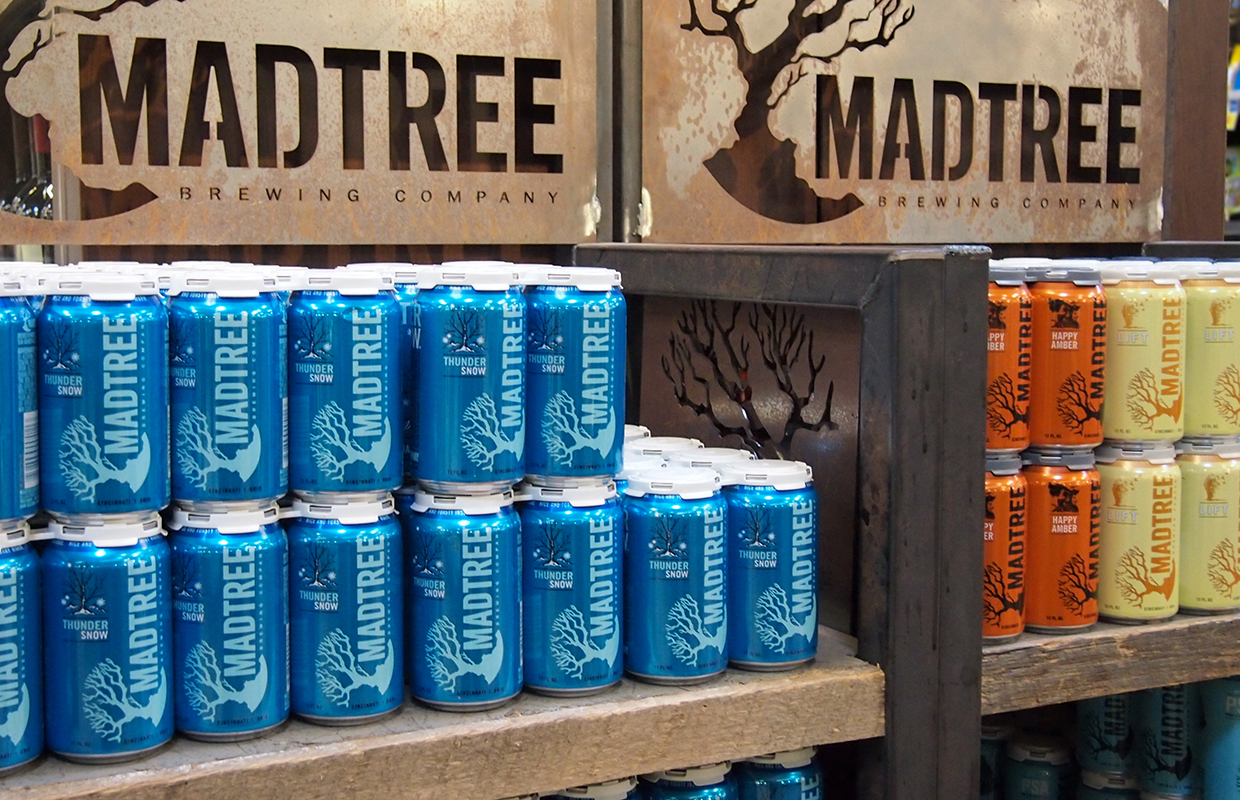
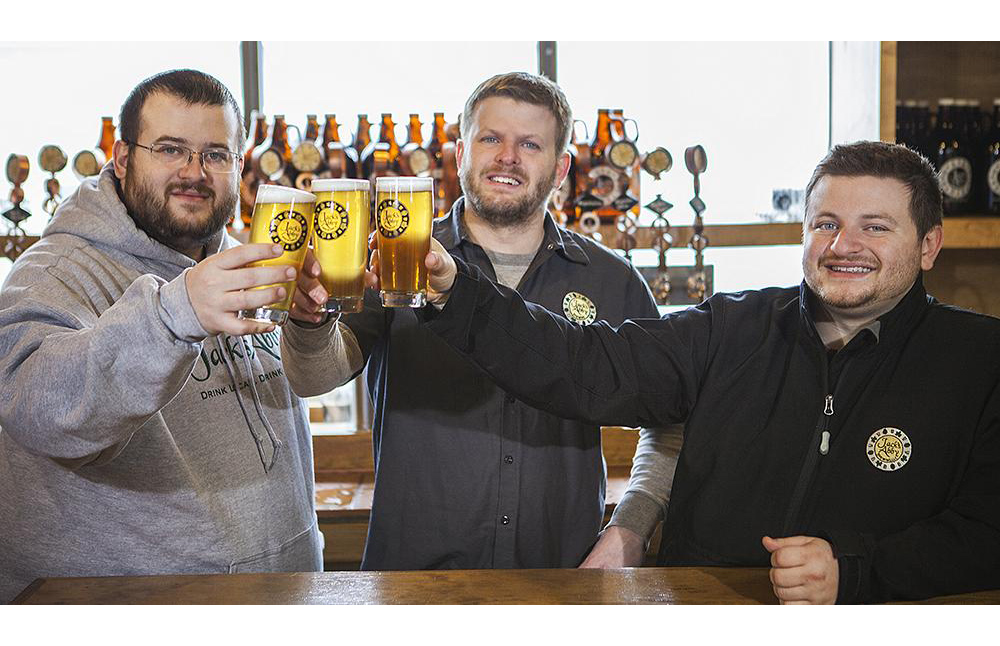
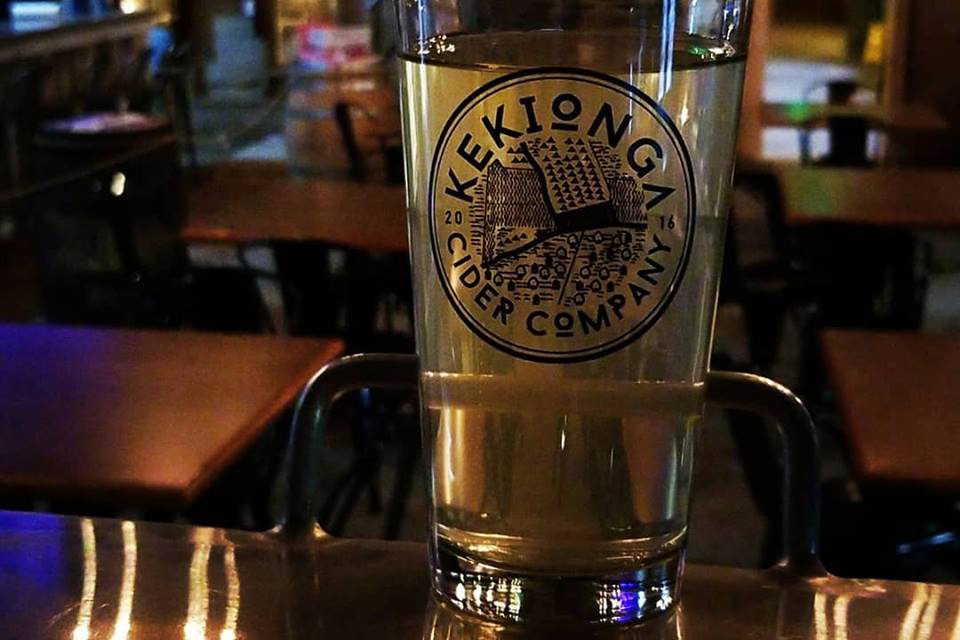
1 Trackback / Pingback